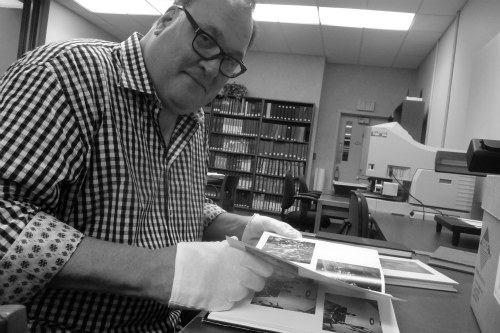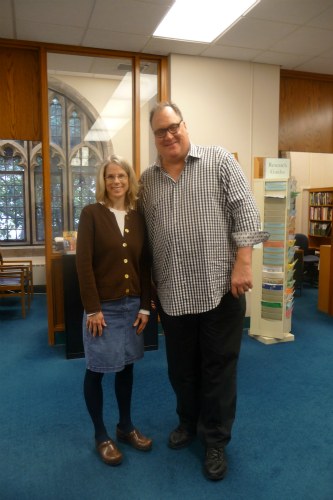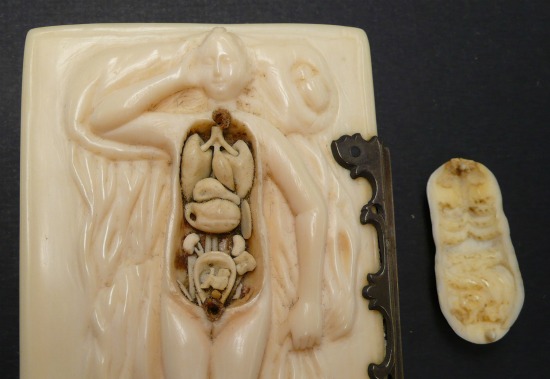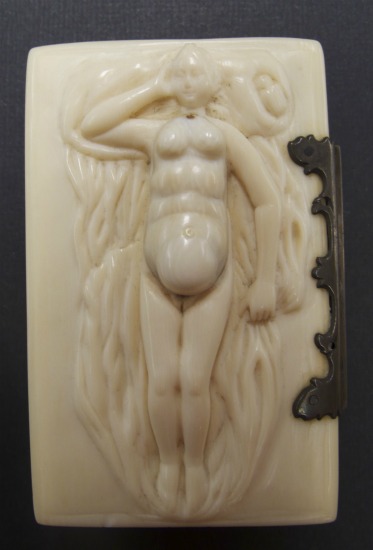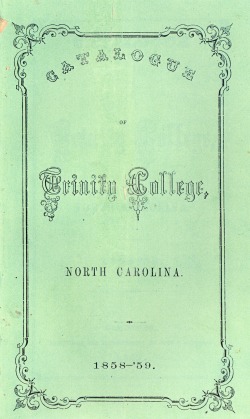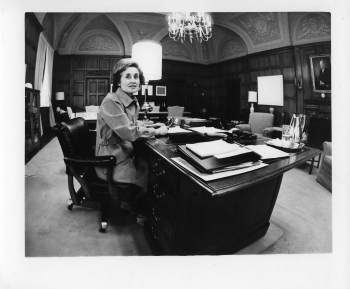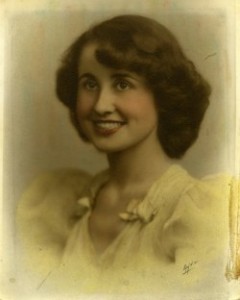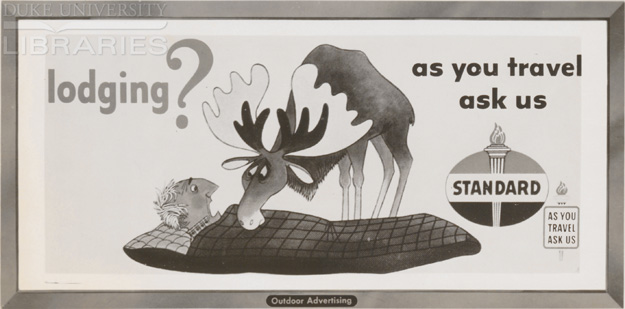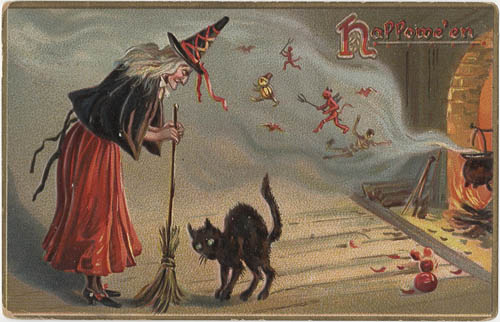According to Wikipedia, “finding aids are a concept dating back to ancient clay tablets.” While I certainly didn’t learn that factoid in library school, I suppose that if you’re writing on tablets, then you probably need a special tablet (a finding aid?) that tells you where you put all of the other tablets, right? Maybe…
Whatever their origins, finding aids are an important tool for locating material in archival collections and last month the Rubenstein Library’s online finding aids got a major facelift. We’ve brought them out of the Stone Age by completely overhauling the layout and introducing some new functionality. With these improvements, we hope our finding aids are more attractive and usable for both researchers and staff.
Some of the major enhancements:
- New URL for finding aid homepage: http://library.duke.edu/rubenstein/findingaids/
- What box is my stuff in? Requesting the wrong box is frustrating. With new color coding, repeating box numbers, and other visual cues, it’s now easier to determine which container to request. Container numbers have been moved to the right-hand side of the page so as not to interfere with description.
- Boring stuff moved to the bottom. Finding aid usability studies indicate that administrative information, subject headings, and lengthy biographical notes are infrequently used, so we’ve relocated those sections to the bottom of the finding aid, keeping the most useful information at the top.
- Floating navigation box. A navigation box at the right of the screen stays with you as you scroll, making it easy to navigate to other sections in the finding aid wherever you are. You can’t outrun it. Don’t even try.
- Search this finding aid! A search box in the finding aid navigation box lets you search for keywords in the text of any finding aid. It’s just like your browser’s “Ctrl F” function!
- Series Quick Links. The “Series Quick links” feature in the navigation box activates a small pop-up in the bottom right of the screen for quickly navigating through different series in a collection. Works great with really large finding aids with many series.
- Expanding / Collapsing. Now you can control how much detail you want! By default, finding aids display in their entirety, but click a series/subseries title to expand or collapse content of that series or subseries. Also, an experimental “Level of Detail” slider in the navigation box lets you control how much detail you want. Sometimes you just can’t get enough.
- Link to catalog records: At the bottom of the navigation box you’ll find a small “catalog record” link that will take you directly to the catalog record for that collection, no questions asked.
- More prominent links to digital collections. Finding aids describing collections with digitized content now feature an icon above the banner with a link to the corresponding digital collection. Example: http://library.duke.edu/rubenstein/findingaids/strykerdeena/

Finding aid for the Deena Stryker Photographs, with a link to the digital collection. - More prominent warnings for access restrictions. Look for the yellow boxes and yield icons.
- Finding aids on the go! Using the principles of Responsive Web Design, we’ve redesigned finding aids to display appropriately on any size device—iPhone, iPad, IMAX, you name it. Just for kicks, open a finding aid in your browser, start narrowing the browser window, and watch the content adjust to fit.
Take a moment and let us know what you think about our new finding aids site. We appreciate your feedback.
Post contributed by Noah Huffman, Archivist for Metadata and Encoding.





